Google just quietly dropped what might be the Pixel 10's most significant advantage yet, and it has nothing to do with the usual suspects like camera upgrades or AI tricks. We're talking about something that changes what your phone can actually do: GPU-accelerated Linux applications running natively on Android. Big swing.
Here's what's happening: Google has introduced graphics processing unit acceleration specifically for Linux apps running through Android's Terminal application, and right now, only the Pixel 10 gets to play with it. The tech leans on Gfxstream, which creates a direct pipeline between virtual Linux environments and the phone's graphics hardware, essentially letting Linux applications tap into the same GPU power that keeps your Android games smooth.
Temper expectations. This is rolling out in Android 16 QPR2 Beta 3, and early testers say it still has rough spots. Even so, the groundwork seems to point to a real shift in mobile computing, positioning the Pixel 10 as the first Android phone that can plausibly bridge smartphone and desktop performance.
What this means for the Android ecosystem
The Pixel 10's enhanced Linux chops are Google's boldest push yet to make Android feel like a real desktop platform. With proper GPU acceleration, Android devices can now handle graphics-intensive Linux applications that were once impractical on phones. Not just running more software, running it well enough to replace some desktop tools.
Competitionally, it is another sharp Pixel-only feature. Just as camera extras like Best Take and Add Me showcase Pixel perks, Linux GPU acceleration is a new exclusive aimed at developers, pros, and power users who sway ecosystems.
The ripple effects are obvious. Developers could spin up full environments on a phone, with GPU-accelerated IDEs and debugging tools. Admins could manage servers with real Linux apps that actually perform. Creators could reach for specialized software that never had mobile equivalents, now usable thanks to GPU acceleration.
Still, let's not sprint past the caveats. The current beta status and performance issues indicate Google is still refining the implementation. It needs more cycles before it is ready for broad professional use.
The trajectory is the story. The Pixel 10's exclusive GPU acceleration gives Google a live test bed for features that could spread to other Android devices, and it signals a commitment to pushing the edges of mobile computing. If Google smooths performance and builds a friendlier install flow, the way people think about phones could shift, fast.
Bottom line: the Pixel 10's Linux GPU acceleration is still rough, but it is the first time an Android device can credibly claim desktop-class application performance. If you want a peek at mobile desktop convergence, Google's latest flagship is the only ticket right now.




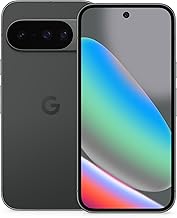


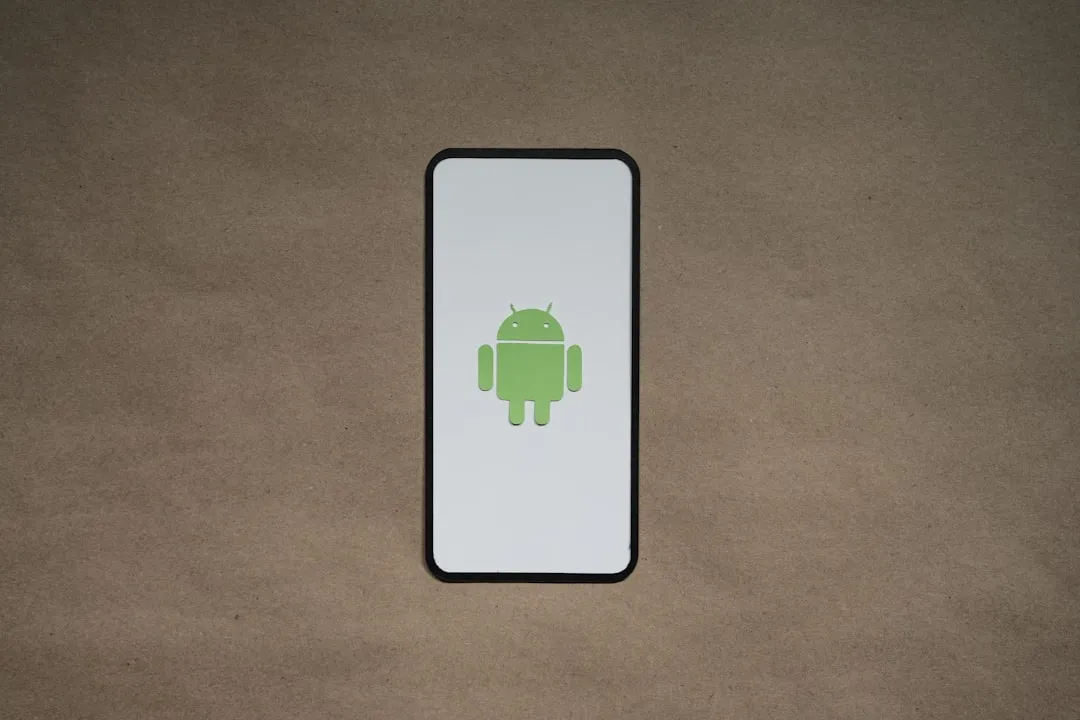
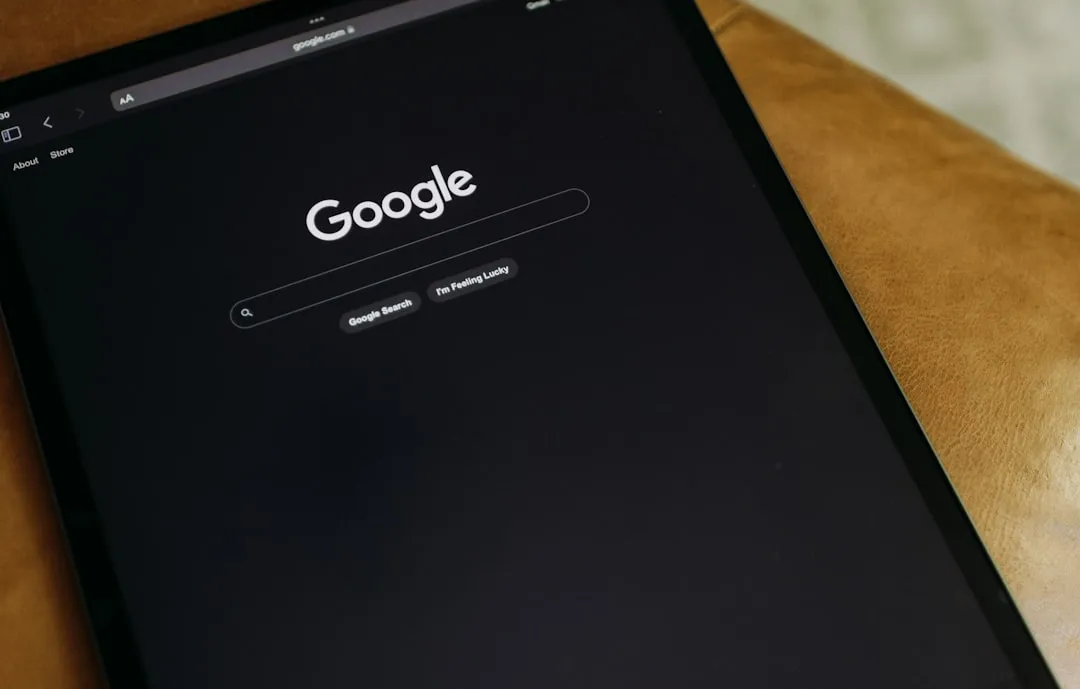
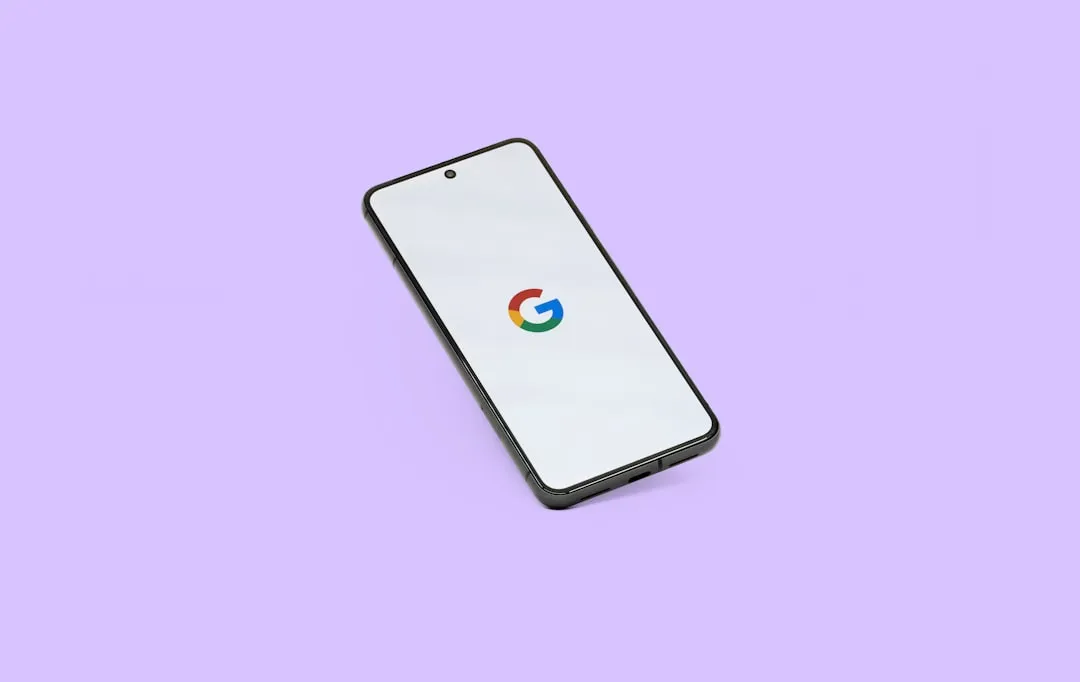
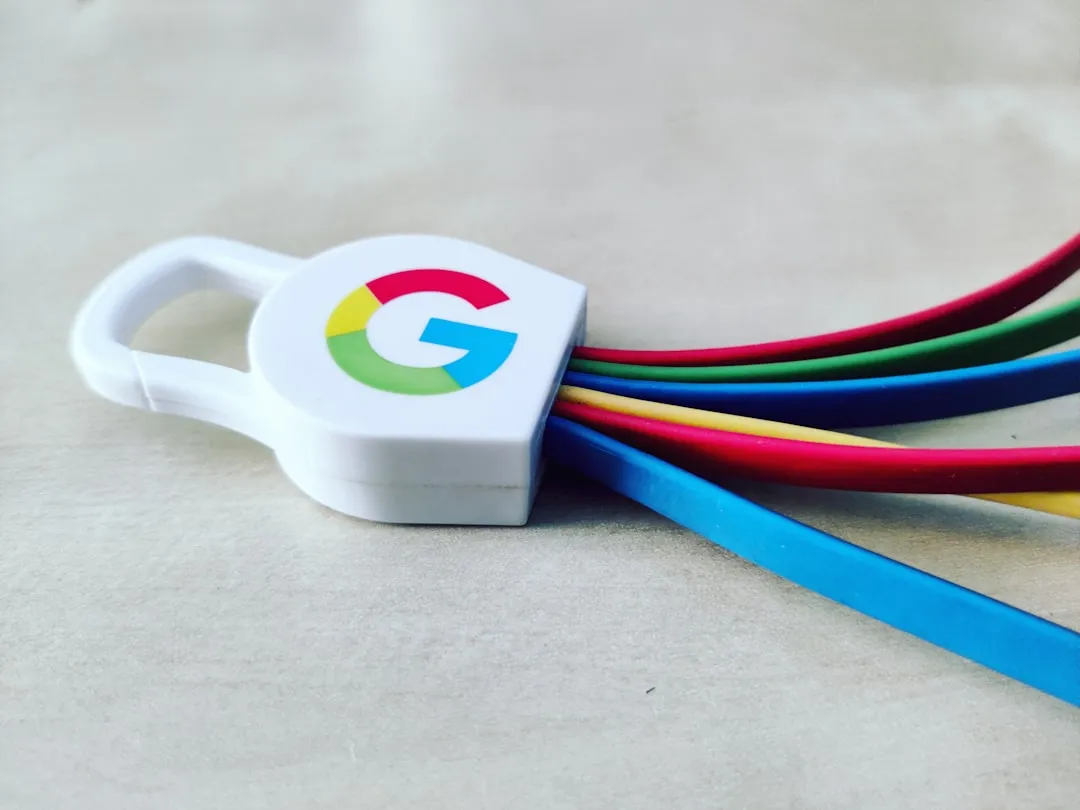
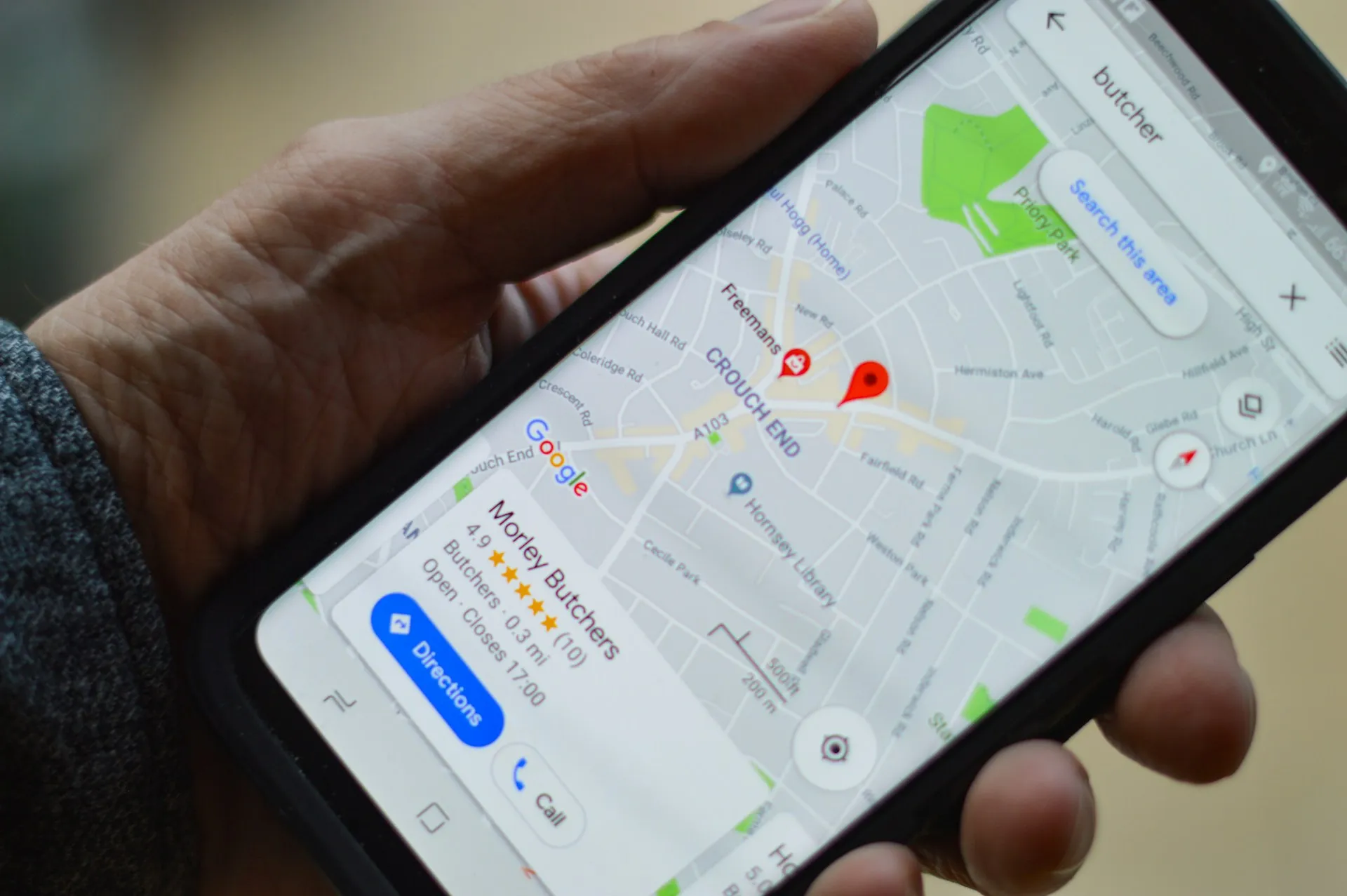
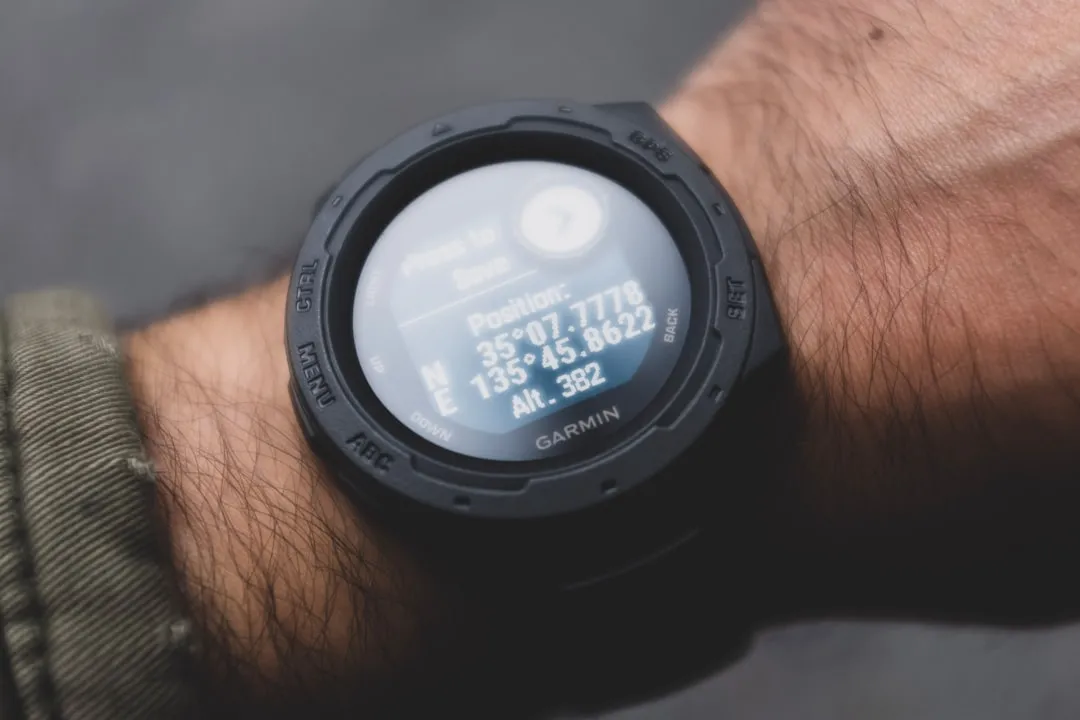
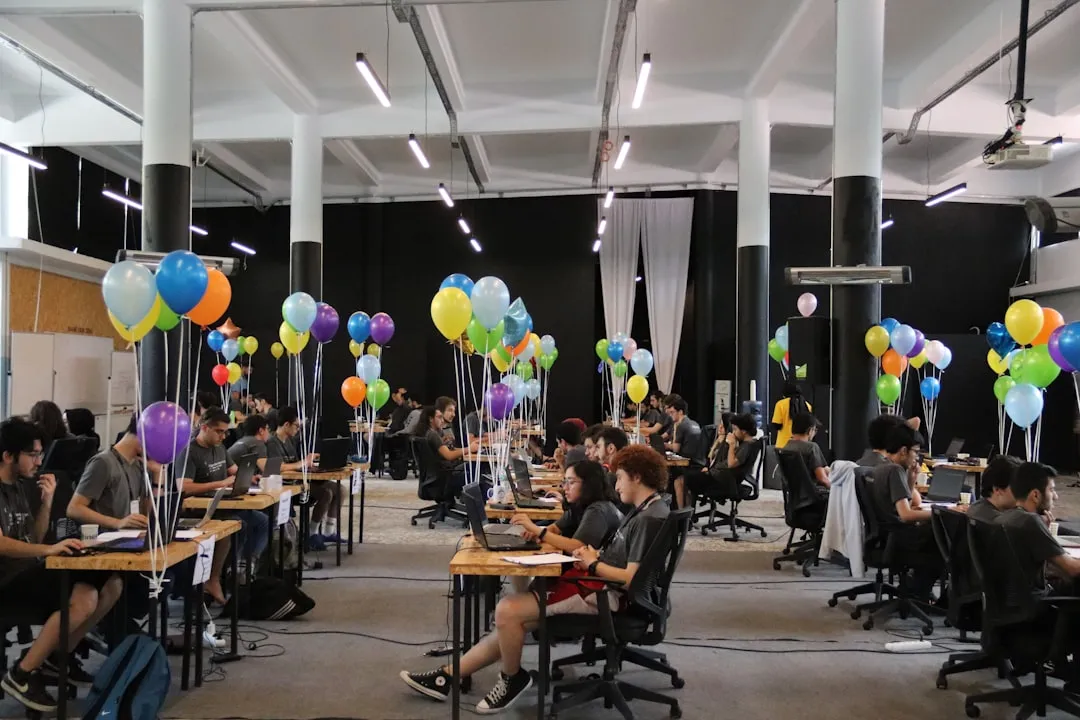
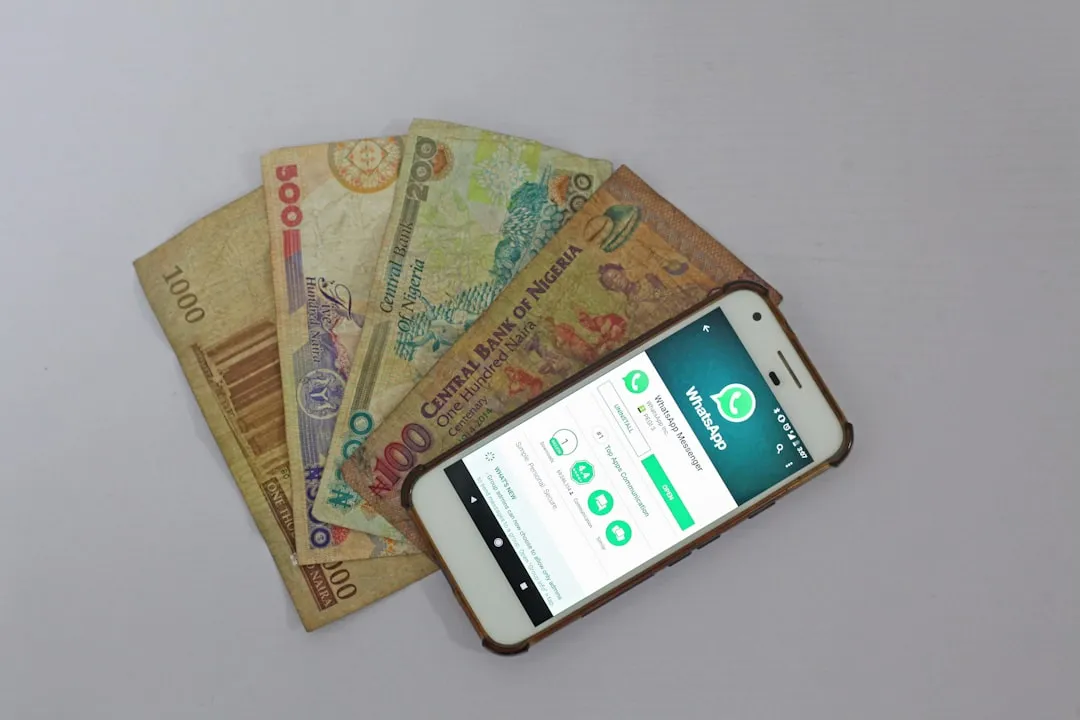
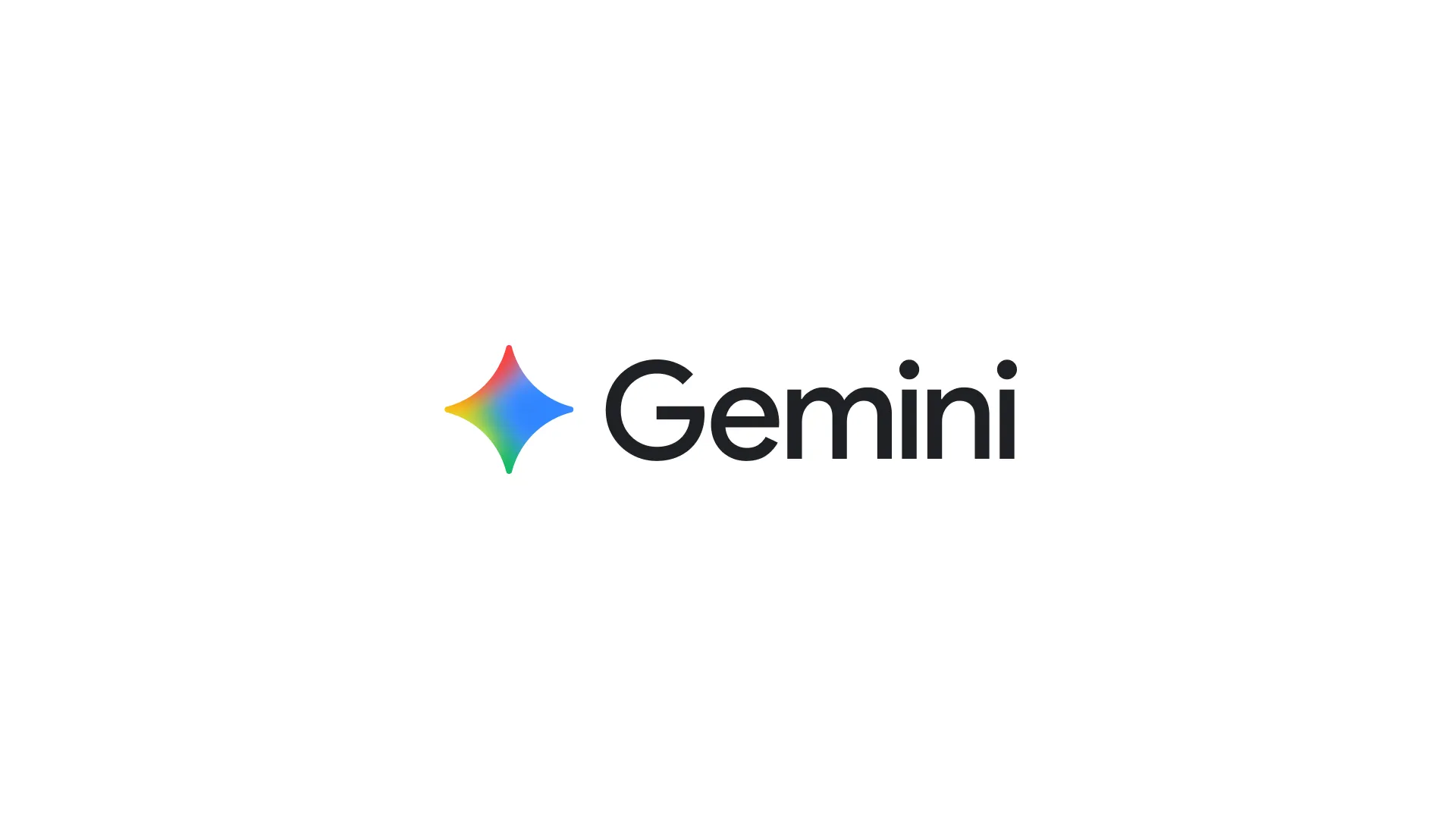
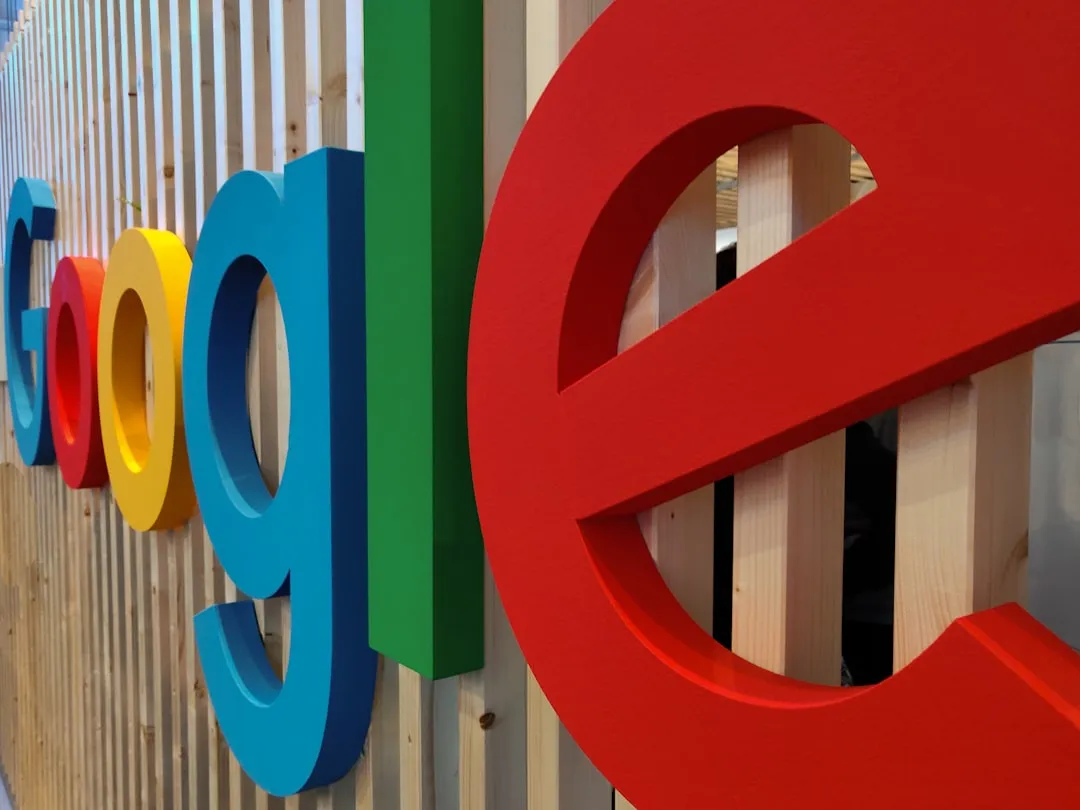
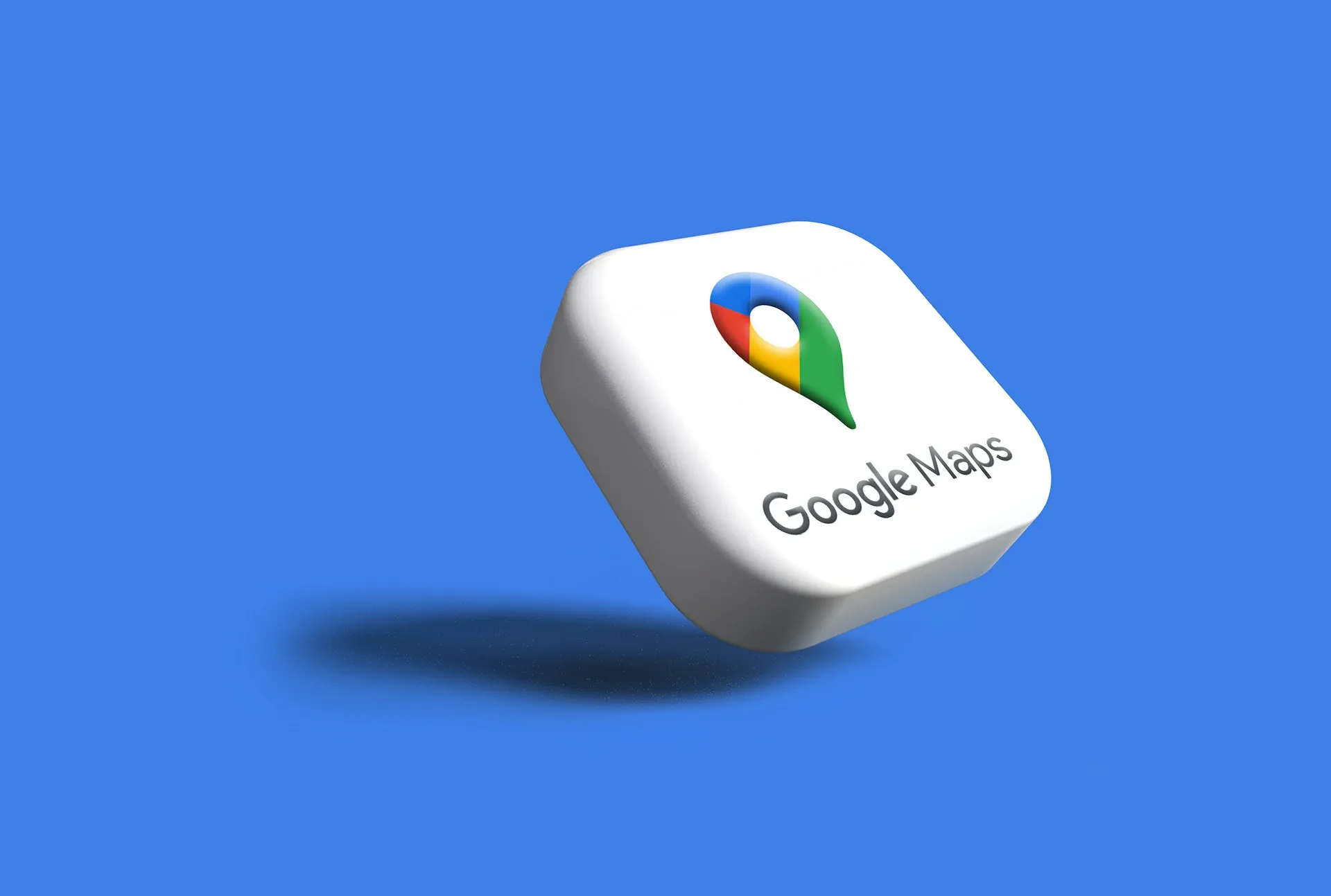
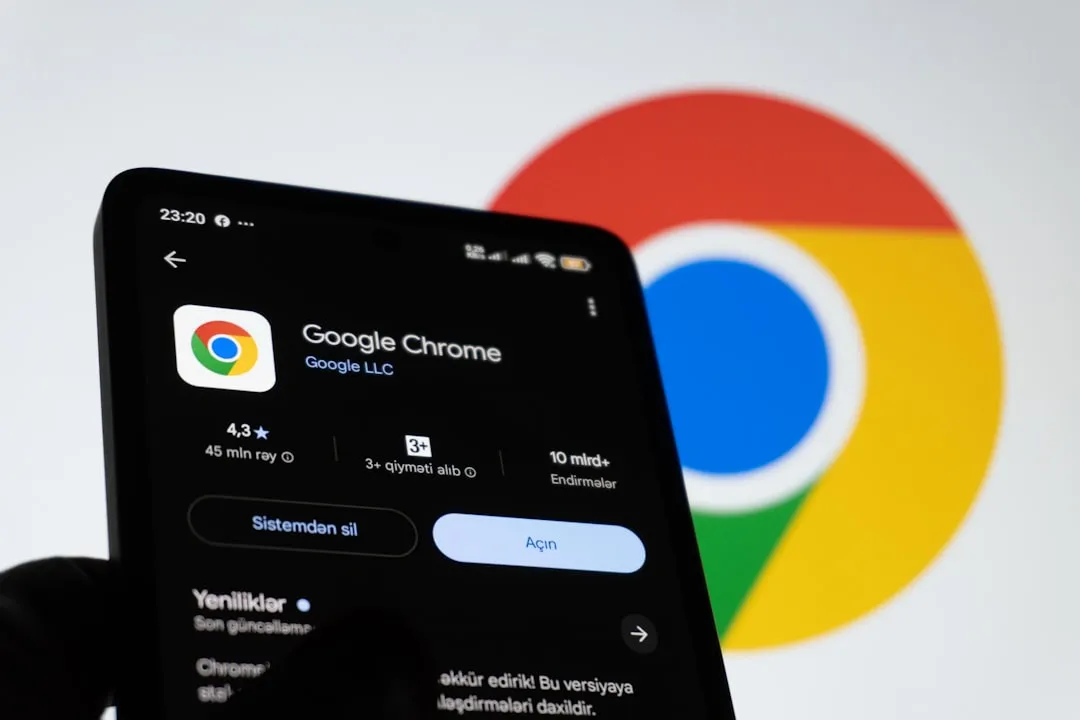

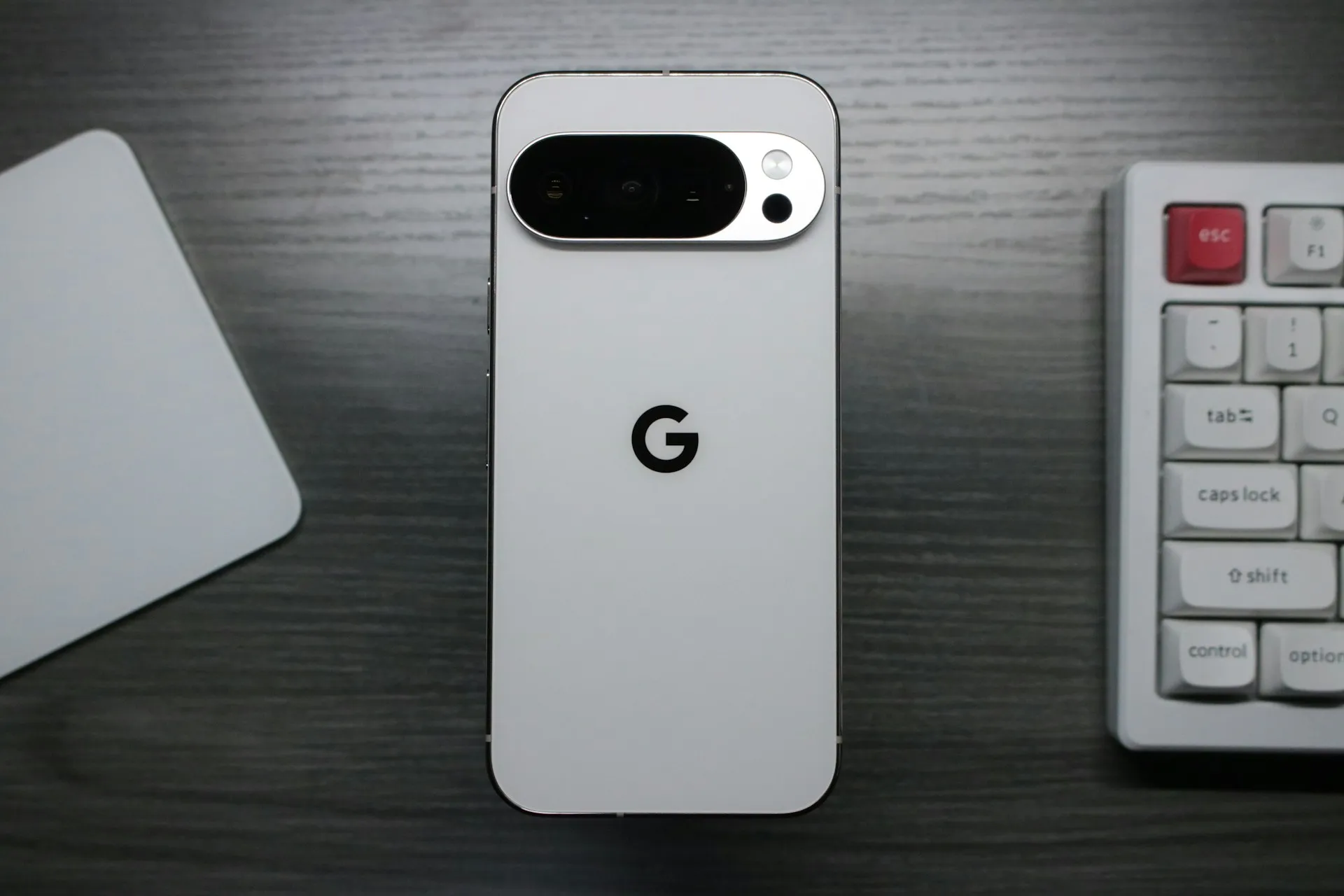
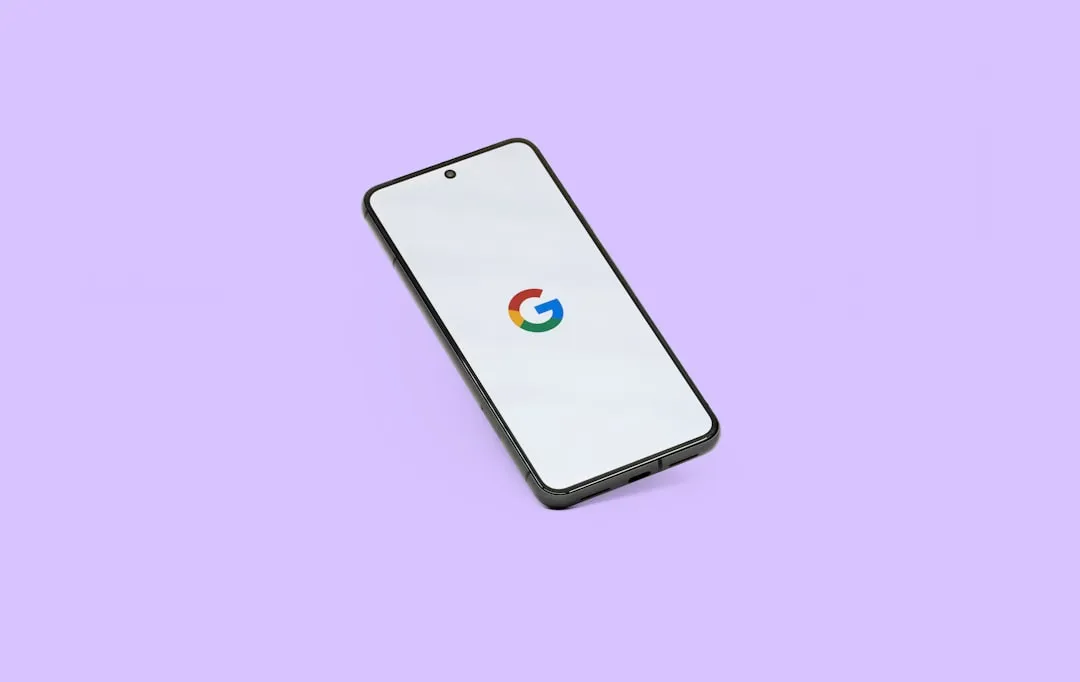
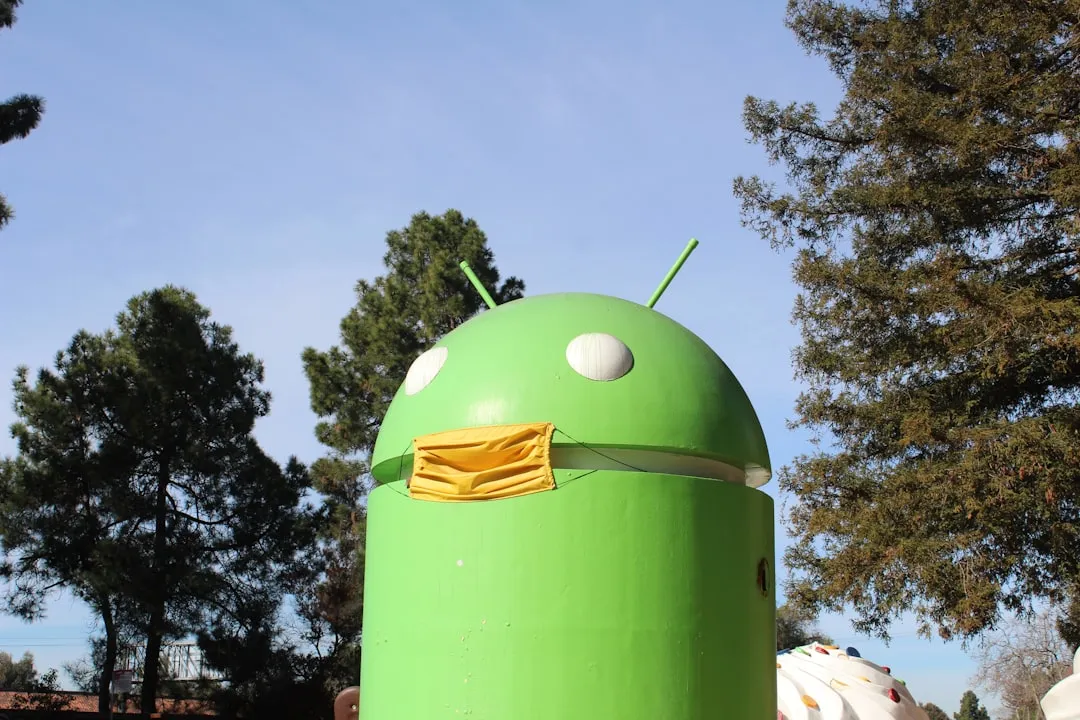
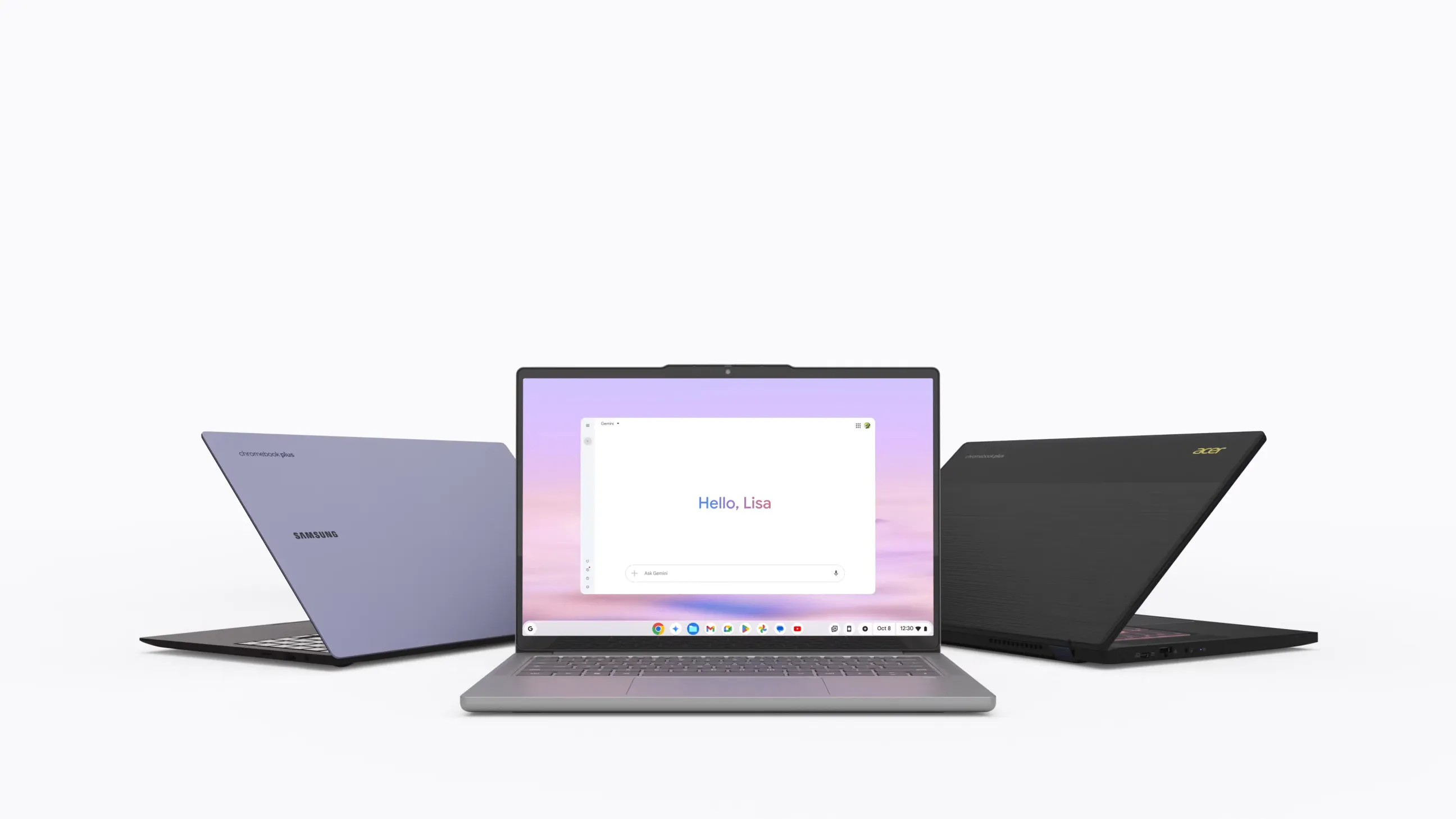

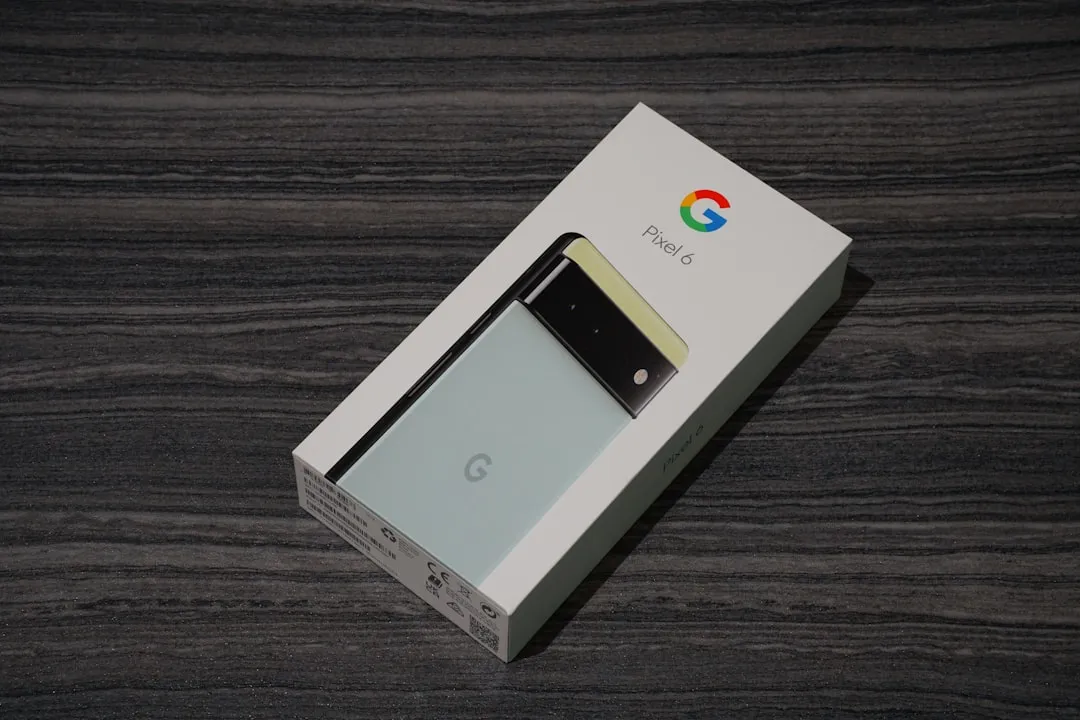
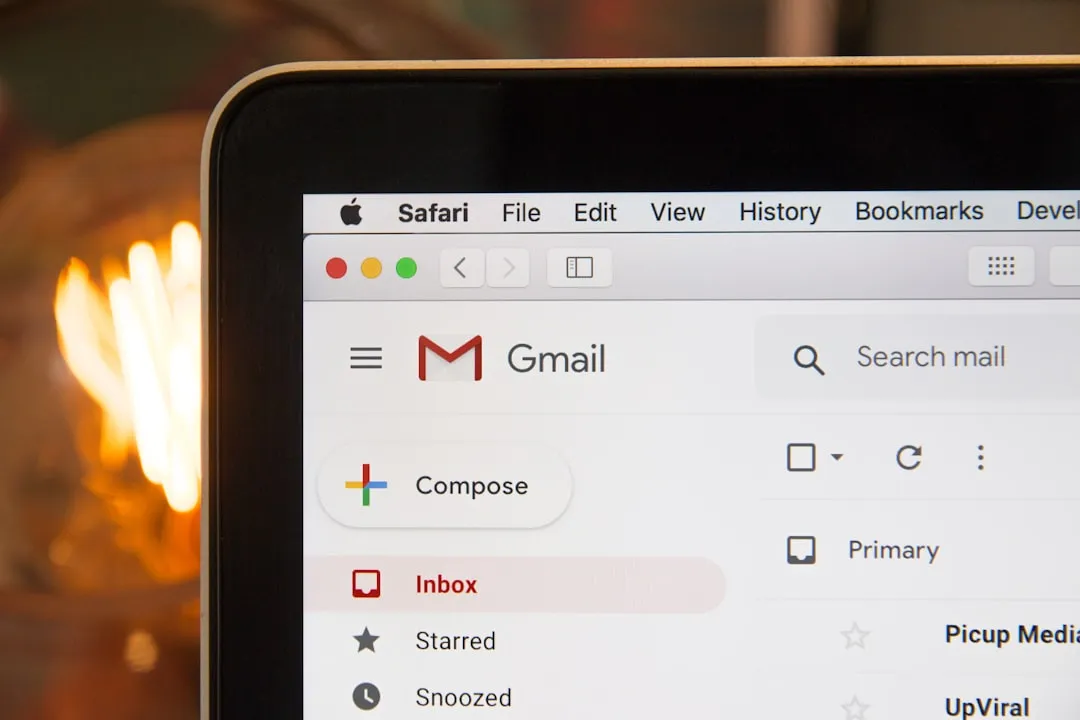
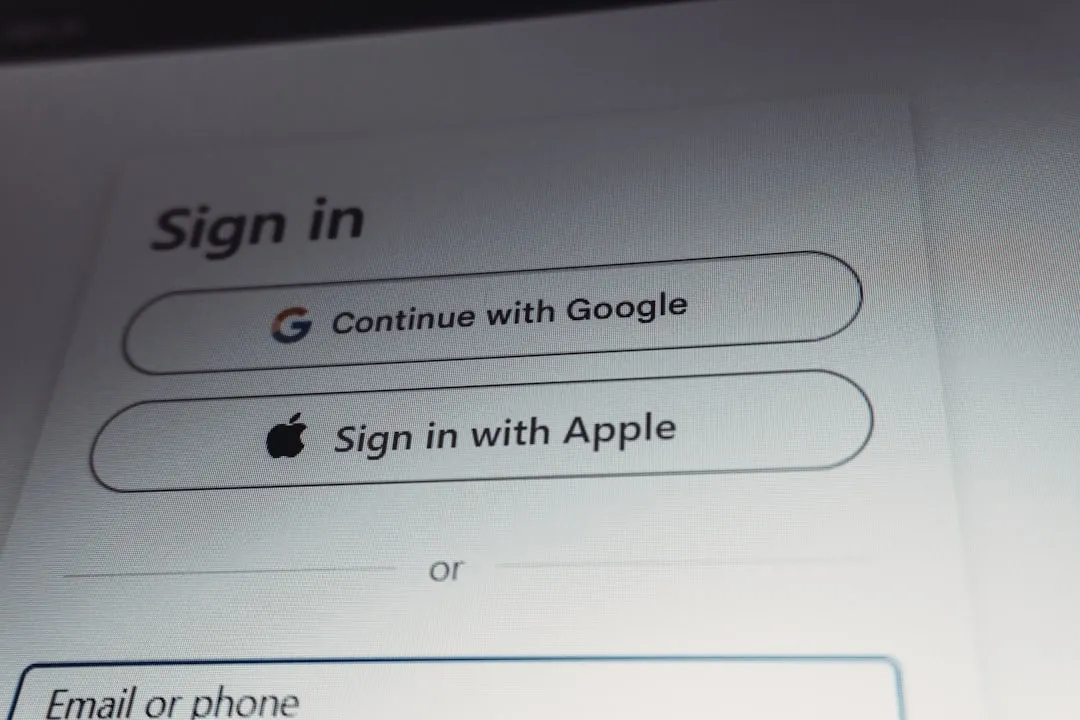
Comments
Be the first, drop a comment!